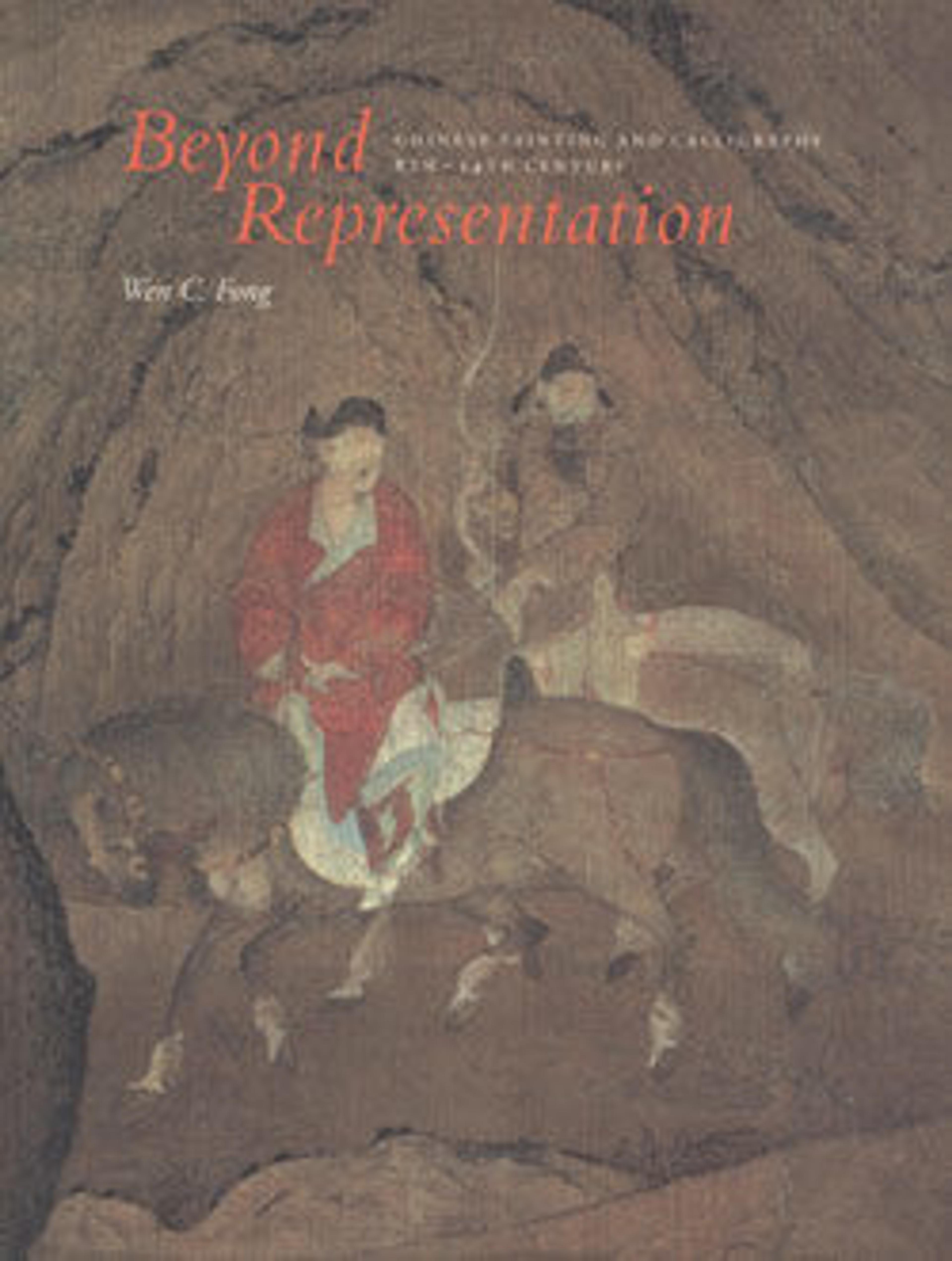Scholar admiring plum blossoms
This small landscape is a rare example of the continuation of the Southern Song Painting Academy manner during the Mongol occupation. With the establishment of the native Chinese Ming dynasty in 1368, the Song style again returned to prominence as the model for the Ming Imperial Painting Academy. This painting demonstrates that practitioners of the Song style continued to work through the fourteenth century, bridging the gap between the two formal academies.
Executed in the mode of the Song master Ma Yuan (act. ca. 1190–1225), the painting continues the subject matter and vividly descriptive manner of the Song but uses more abstract outline strokes to define rocks and tree trunks, reflecting the development of a calligraphic brush style by Yuan scholar-artists.
Almost no paintings of this type survive in China; all known examples come from Japan, where this style and tall narrow format had an important influence on Japanese artists of the Muromachi period (1333–1573).
Executed in the mode of the Song master Ma Yuan (act. ca. 1190–1225), the painting continues the subject matter and vividly descriptive manner of the Song but uses more abstract outline strokes to define rocks and tree trunks, reflecting the development of a calligraphic brush style by Yuan scholar-artists.
Almost no paintings of this type survive in China; all known examples come from Japan, where this style and tall narrow format had an important influence on Japanese artists of the Muromachi period (1333–1573).
Artwork Details
- 南宋 佚名 賞梅圖 軸
- Title:Scholar admiring plum blossoms
- Artist:Unidentified artist Chinese
- Period:Southern Song dynasty (1127–1279)
- Date:13th century
- Culture:China
- Medium:Hanging scroll; ink and color on silk
- Dimensions:Image: 37 1/4 x 11 1/2 in. (94.6 x 29.2 cm)
Overall with mounting: 71 x 16 1/8 in. (180.3 x 41 cm)
Overall with knobs: 37 1/4 x 18 in. (94.6 x 45.7 cm) - Classification:Paintings
- Credit Line:Purchase, The Dillon Fund Gift, 1988
- Object Number:1988.153.2
- Curatorial Department: Asian Art
More Artwork
Research Resources
The Met provides unparalleled resources for research and welcomes an international community of students and scholars. The Met's Open Access API is where creators and researchers can connect to the The Met collection. Open Access data and public domain images are available for unrestricted commercial and noncommercial use without permission or fee.
To request images under copyright and other restrictions, please use this Image Request form.
Feedback
We continue to research and examine historical and cultural context for objects in The Met collection. If you have comments or questions about this object record, please contact us using the form below. The Museum looks forward to receiving your comments.
